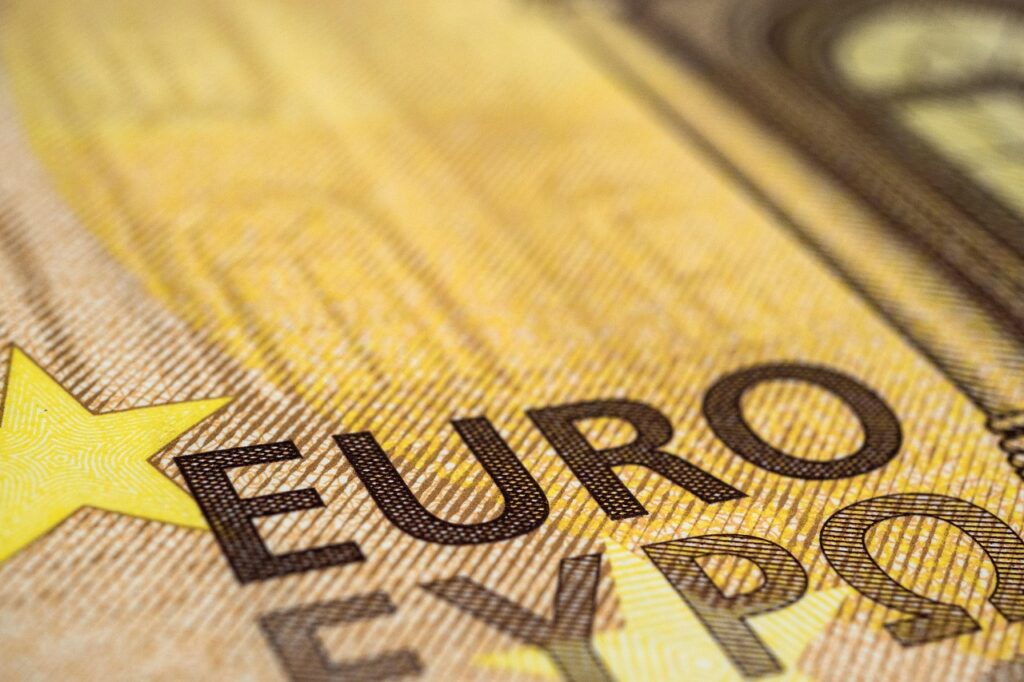As South Africa intensifies its bid to position itself as a key player in the global hydrogen economy, the Industrial Development Corporation (IDC) and Germany’s KfW Development Bank have formalised a €17-million memorandum of understanding (MoU) to close persistent funding gaps in green hydrogen development.
The agreement, signed during the Africa Green Hydrogen Summit in Cape Town, builds on an earlier €23.1-million funding initiative launched in 2023 and reflects growing recognition of hydrogen’s strategic economic and decarbonization potential.
The MoU lays the groundwork for continued cooperation between the IDC and KfW, as South Africa confronts a familiar challenge in hydrogen development: capital intensity. Green hydrogen infrastructure—spanning electrolyzers, ammonia conversion, logistics, and water sourcing—demands high upfront investment and long lead times, with commercial viability still largely dependent on subsidies or concessional finance.
Trade, Industry and Competition Minister Parks Tau confirmed that part of the initial €23-million grant from KfW would be deployed through the Just Energy Transition Green Hydrogen Programme Management Office—hosted by the IDC—to fast-track pre-feasibility and bankability assessments for South Africa’s 24 Strategic Integrated Projects (SIPs) in the hydrogen space.
One of the first projects to benefit from this collaboration is the Prieska Power Reserve in the Northern Cape—a flagship green hydrogen and ammonia facility aiming to produce 80,000 tonnes of ammonia by 2027, with capacity set to rise to 500,000 tonnes annually by 2030. The facility, located within a 1,900-hectare industrial zone in Siyathemba Local Municipality, has been approved for KfW grant support.
KfW’s involvement also signals a broader intention to scale hydrogen export infrastructure, potentially connecting South Africa to European import corridors in the mid- to long-term. The Prieska project’s ammonia output is designed with international markets in mind, aligning with German and EU demand for low-carbon fuels in hard-to-abate sectors.
South Africa’s green hydrogen ambitions are underpinned by an abundant renewables base, established industrial corridors, and strong political alignment through the Just Energy Transition Investment Plan (JET-IP). But bankability remains an issue, especially for early-stage developers.
Minister Tau cited several mechanisms under consideration to unlock investment: feasibility and development capital, support for green premiums (e.g., contracts for difference), and tools to address policy and infrastructure bottlenecks. In addition, government aims to embed sustainability, inclusion, and local manufacturing targets in emerging hydrogen value chains.
This aligns with Germany’s hydrogen diplomacy strategy, which emphasises supply diversification and development partnerships with countries in the Global South. By aligning development finance with industrial decarbonisation goals, institutions like KfW can bridge public-private divides while crowding in additional capital from climate funds, DFIs, and commercial investors.
Minister of Electricity and Energy, Dr Kgosientsho Ramokgopa, echoed these sentiments during the summit, calling green hydrogen “a new frontier for clean energy,” with export potential estimated at over $300 billion globally over the next three decades.
Stay updated on the latest in energy! Follow us on LinkedIn, Facebook, and X for real-time news and insights. Don’t miss out on exclusive interviews and webinars—subscribe to our YouTube channel today! Join our community and be part of the conversation shaping the future of energy.





